The Fascinating World of Fungus-Growing Termites
on Feb 18, 2025When we think of termites, most of us imagine the destructive insects that chew through wood, weakening structures and causing a lot damage around our homes. However, there is a fascinating subset of termites that live in a symbiotic relationship with fungi, an interaction that plays an important role in their survival and the ecosystem as a whole. These fungus-growing termites are among the most intriguing creatures in the insect kingdom. In this blog, we will dive into their complex behaviours and how they cultivate fungi to help sustain their colonies.
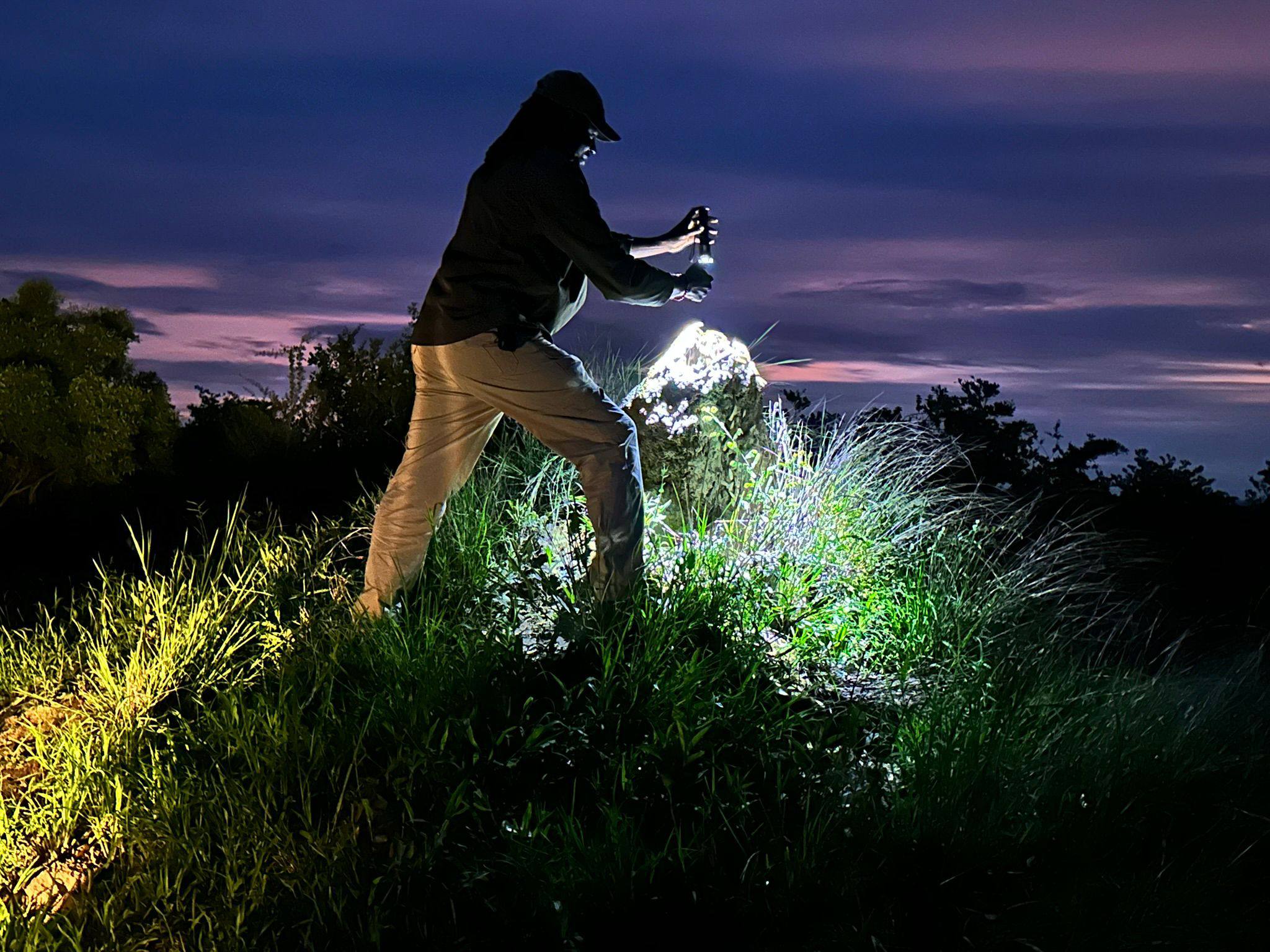
Fungus-growing termites, belonging to the family Termitidae, particularly the subfamily Macrotermitinae, have developed a unique and specialised way of life. Unlike other termites that feed primarily on wood or cellulose, fungus-growing termites practice “fungiculture,” a method of farming fungi to serve as their primary food source. These termites maintain a mutualistic relationship with specific types of fungi, primarily species of Termitomyces.
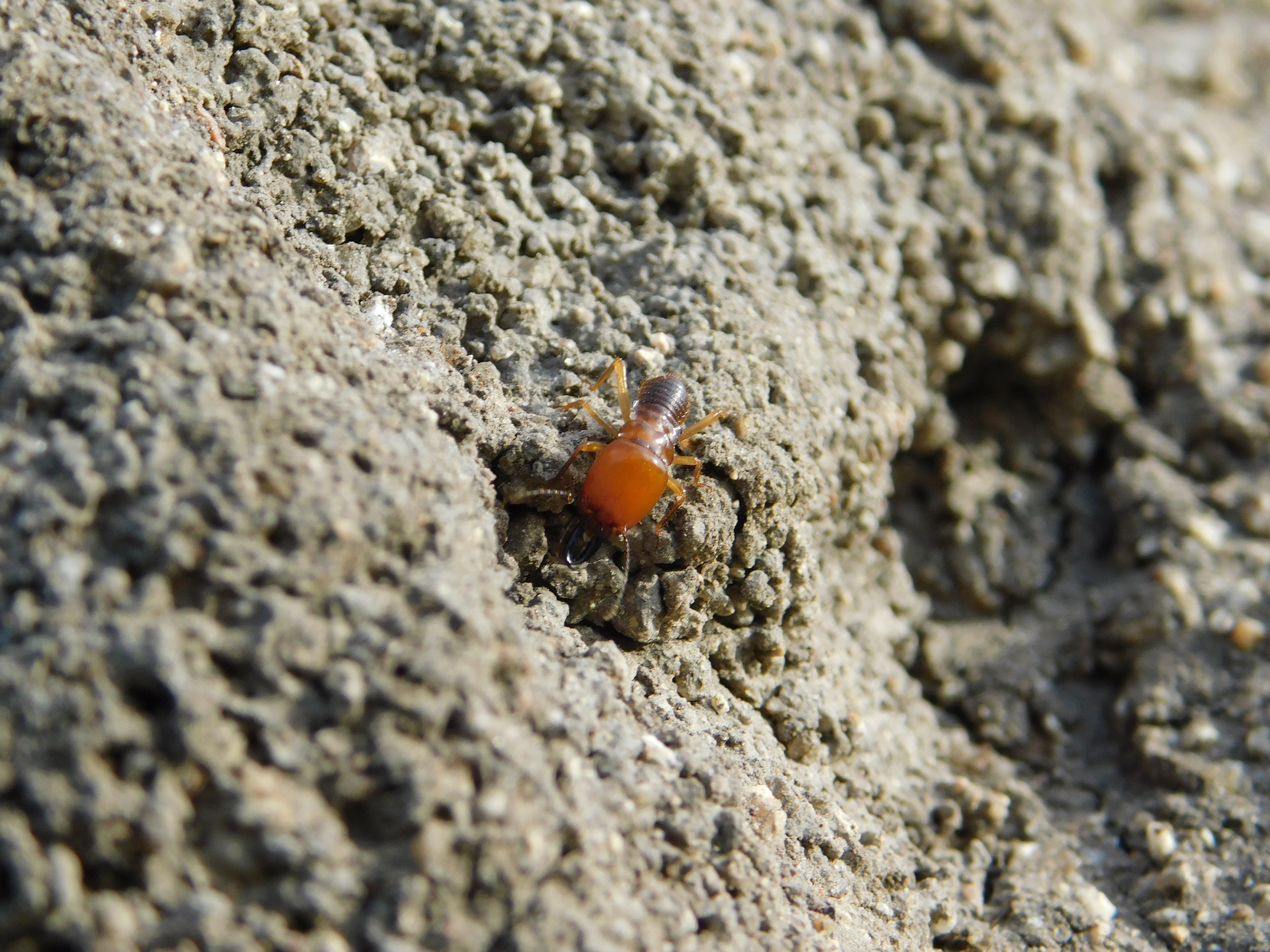
The termites do not just stumble upon these fungi, they actively cultivate and care for them. Their relationship with these fungi goes beyond simple foraging. In fact, the termites’ entire social structure and behaviour are adapted to ensure the growth and propagation of their fungal crops.
The cultivation process begins with the termites collecting plant material, such as leaves, grass, and wood, which they then bring back to their nests. Once inside the nest, they chew the material into a pulp, mixing it with their saliva. This chewed-up matter is then used as a substrate for growing the fungus.
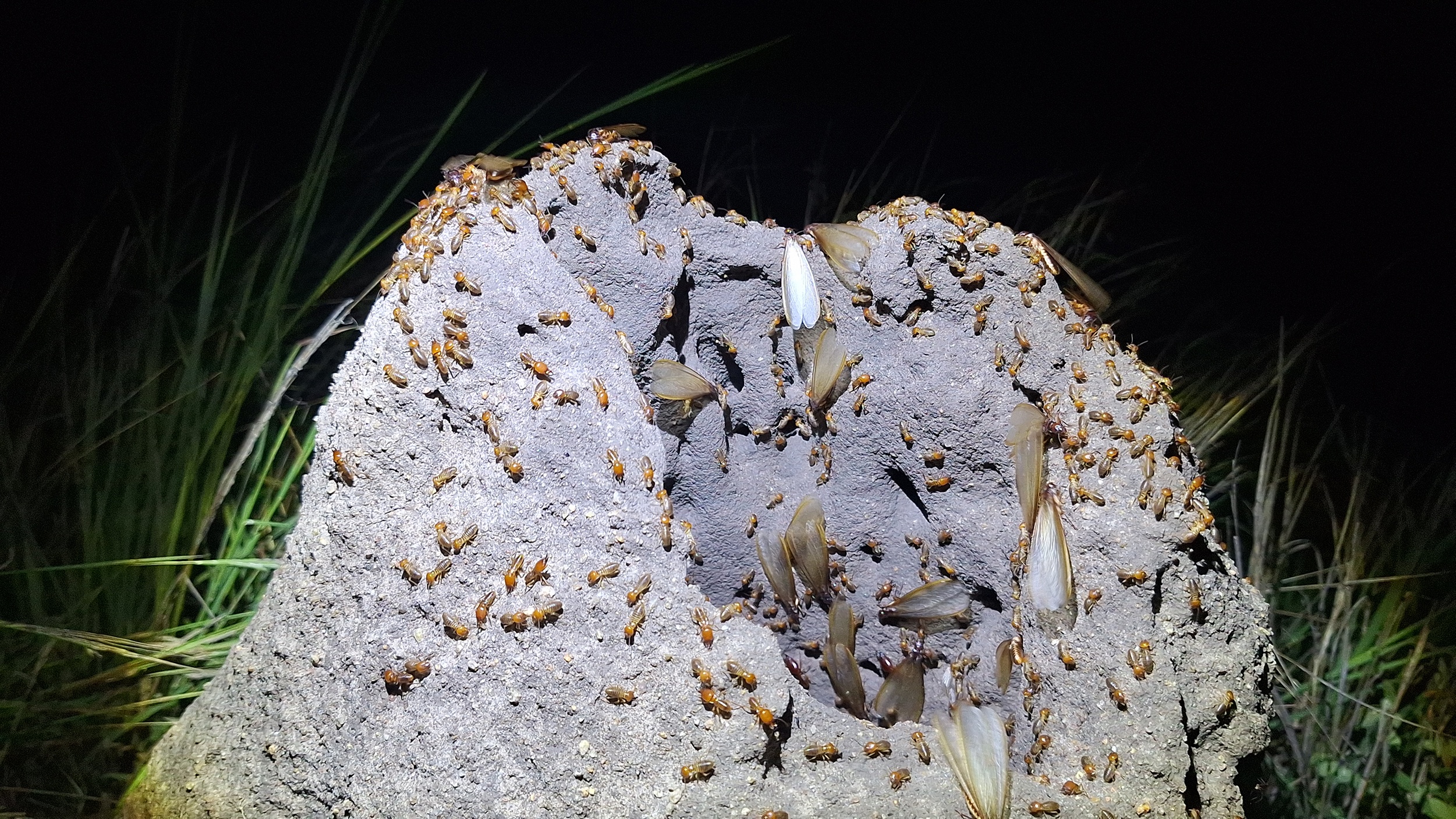
The fungus, in turn, helps break down the tough, indigestible cellulose in the plant matter, allowing the termites to digest it more easily. In return, the termites provide the fungus with a steady supply of fresh organic material and protect it from harmful bacteria and other pests.
The relationship between fungus-growing termites and fungi is a textbook example of mutualism - a form of symbiosis where both parties benefit. The fungi get a constant supply of food in the form of the plant matter brought back by the termites, while the termites gain an essential food source that they would otherwise not be able to digest.
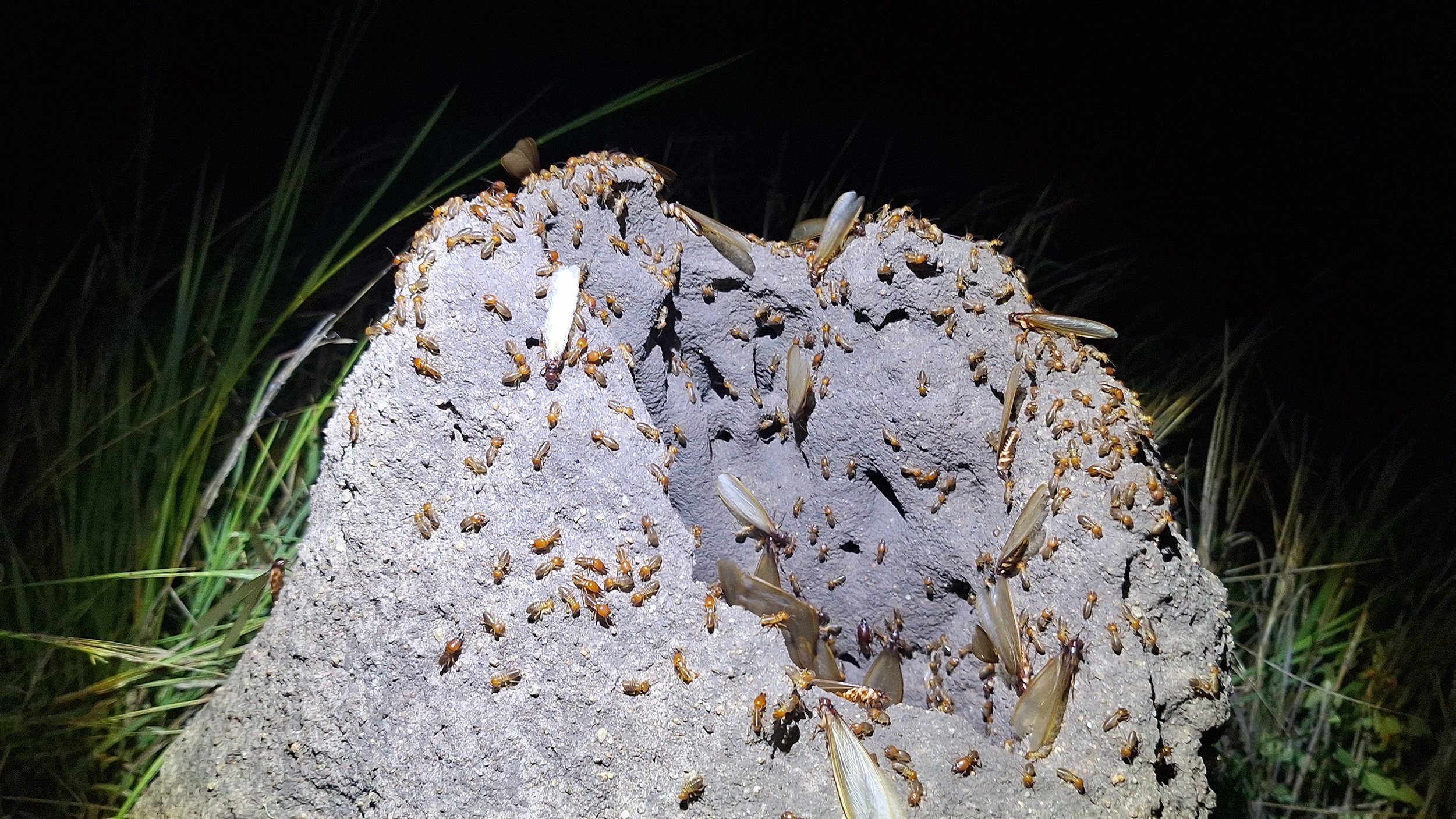
Interestingly, the termites even regulate the growth of the fungi. They maintain a clean environment within the nest, free of pathogens, by grooming the fungal gardens regularly and using antimicrobial secretions to protect their crops. If the fungus begins to wilt or faces any kind of infestation, the termites can take action to protect it. Some species of termites even carry fungal spores on their bodies, ensuring that they always have a healthy stock of fungi ready to cultivate when they establish new colonies.
Fungus-growing termites play a crucial ecological role by breaking down plant material that would otherwise take much longer to decompose. This rapid decomposition process contributes to nutrient cycling, enriching the soil and supporting plant life in the surrounding area. Without these termites, plant matter would accumulate more slowly, and the flow of nutrients in the ecosystem would be much less efficient.
These termites also contribute to the structural integrity of their environment. In forests and grasslands, their activities help maintain balance by returning organic material to the soil. By constantly foraging and cultivating fungi, they keep plant decomposition moving and support healthier ecosystems.
There are over 200 species of fungus-growing termites, and each species tends to cultivate a specific variety of fungus.
Fungal gardens: In some termite species, fungal gardens can grow to be quite large, reaching the size of a basketball or larger within the confines of their underground nests.
Incredible engineering: The underground nests of these termites are complex structures with many chambers. Each chamber serves a specific purpose, from rearing young to growing fungus, with optimal temperature and humidity controlled by the termites.
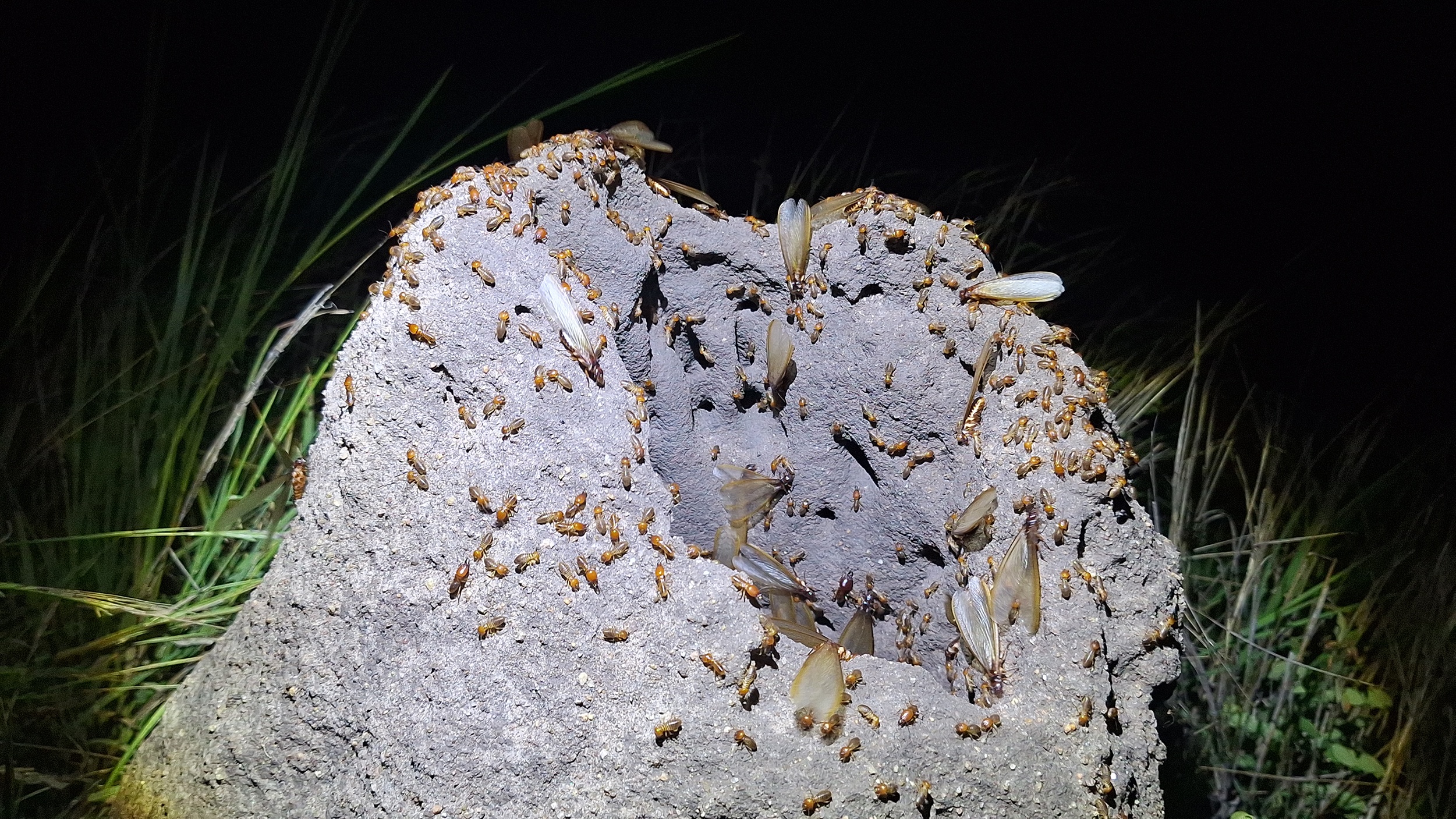
Fungus-growing termites represent one of nature’s most interesting examples of symbiosis and ecological balance. Their cultivation of fungi not only ensures their survival but also contributes to the health of the environment by aiding in the breakdown of plant matter and enhancing soil fertility. These termites may seem small, but they play a giant role in maintaining the ecosystems they inhabit. Next time you encounter these industrious little creatures, remember the hidden world of fungus gardens they’re nurturing beneath the surface.
Blog by Ronald Mutero (Selati Camp Ranger)







